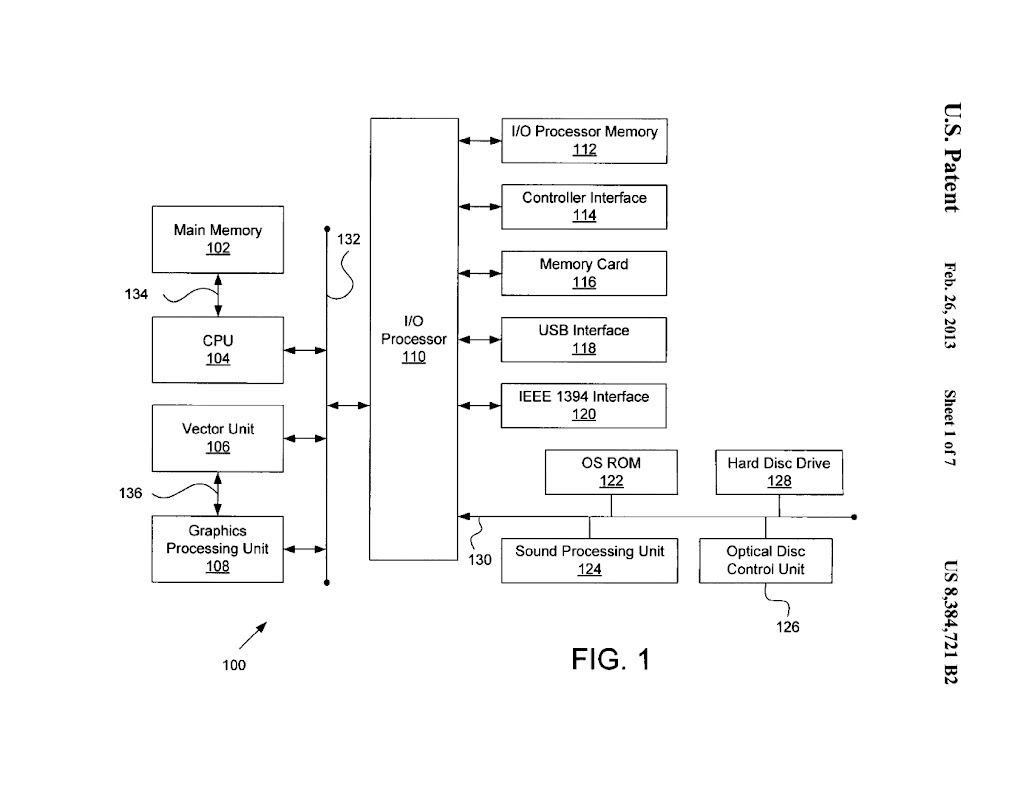Betanumerical
Veteran
No GCN based GPU has a dedicated constant cache. Constants are usually supplied through scalar loads and the scalar L1 backed up by the L2 serves as caches (except for the case mentioned in the last quote of this post).
Yes.
Exactly the same behaviour as with all GCN GPUs.
Interesting I must of read it wrong.
In your opinion what is Orbis's GPU, to me it seems like it has some bits from both GCN and GCN2.0 (GCN+) whatever you want to call. However it does not seem to be entirely based on it?. To me it seems to be somewhere in-between so GCN1.5 or something, do you think this would be accurate?.


